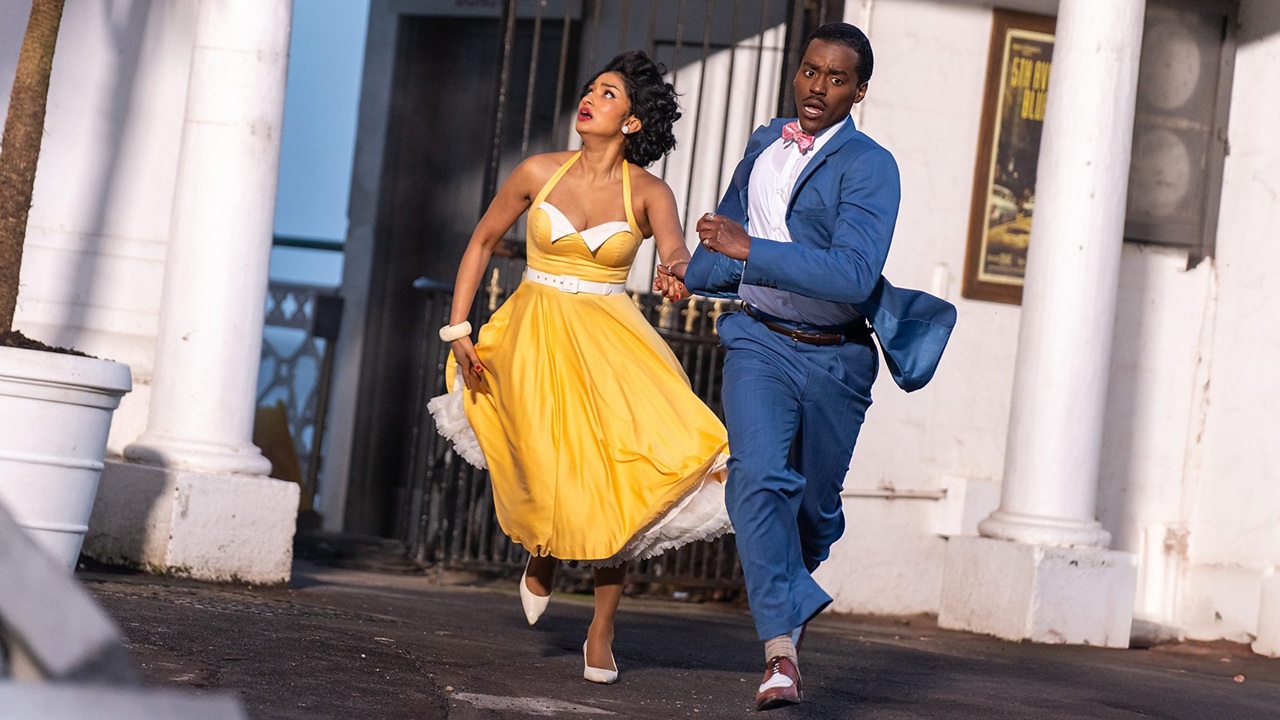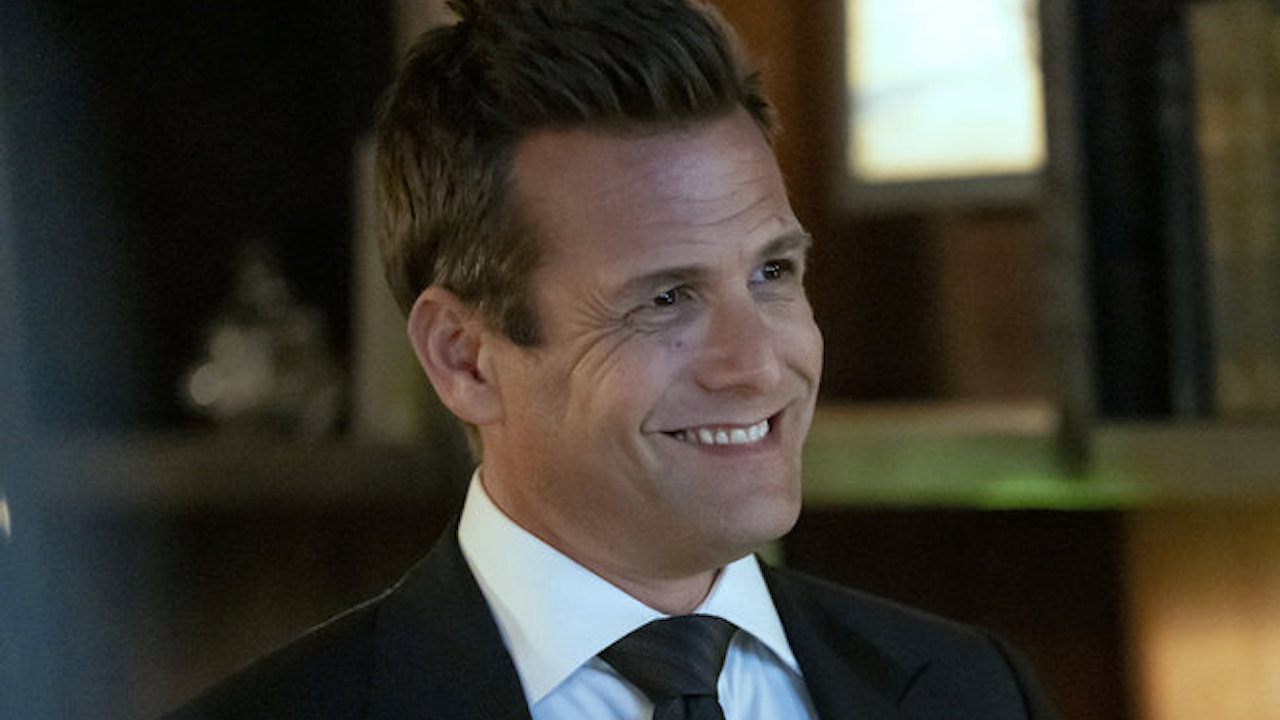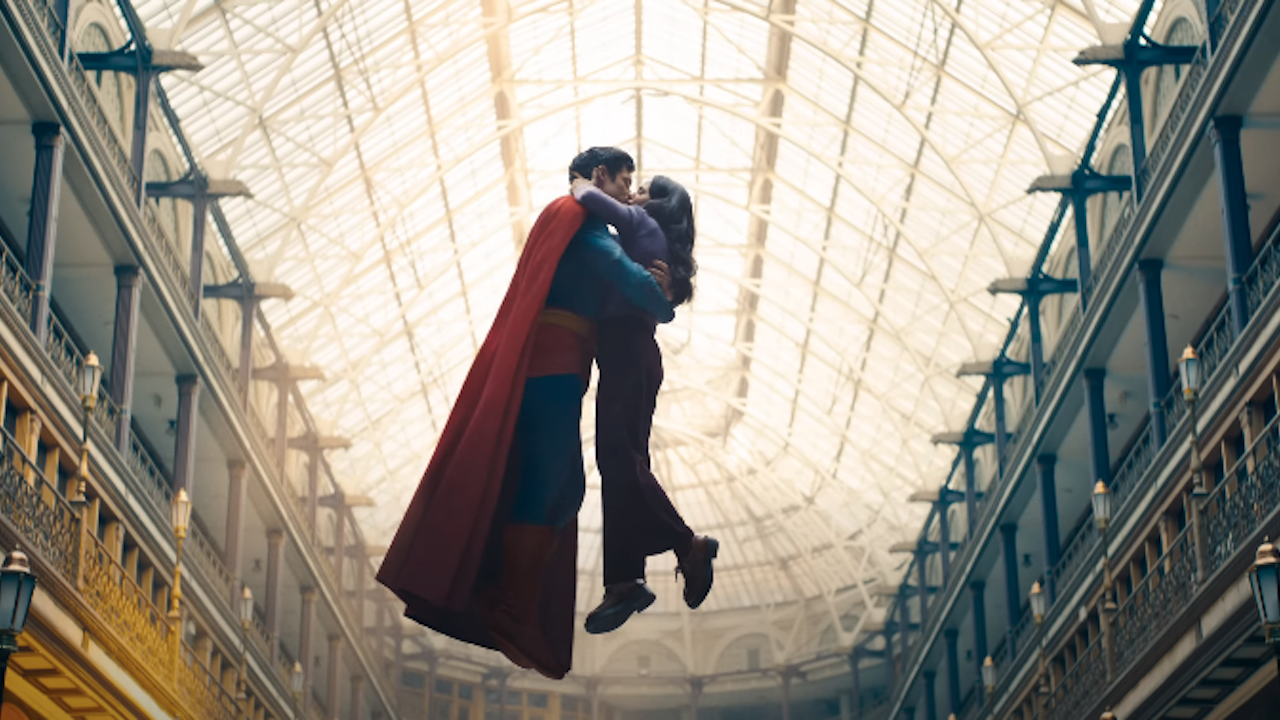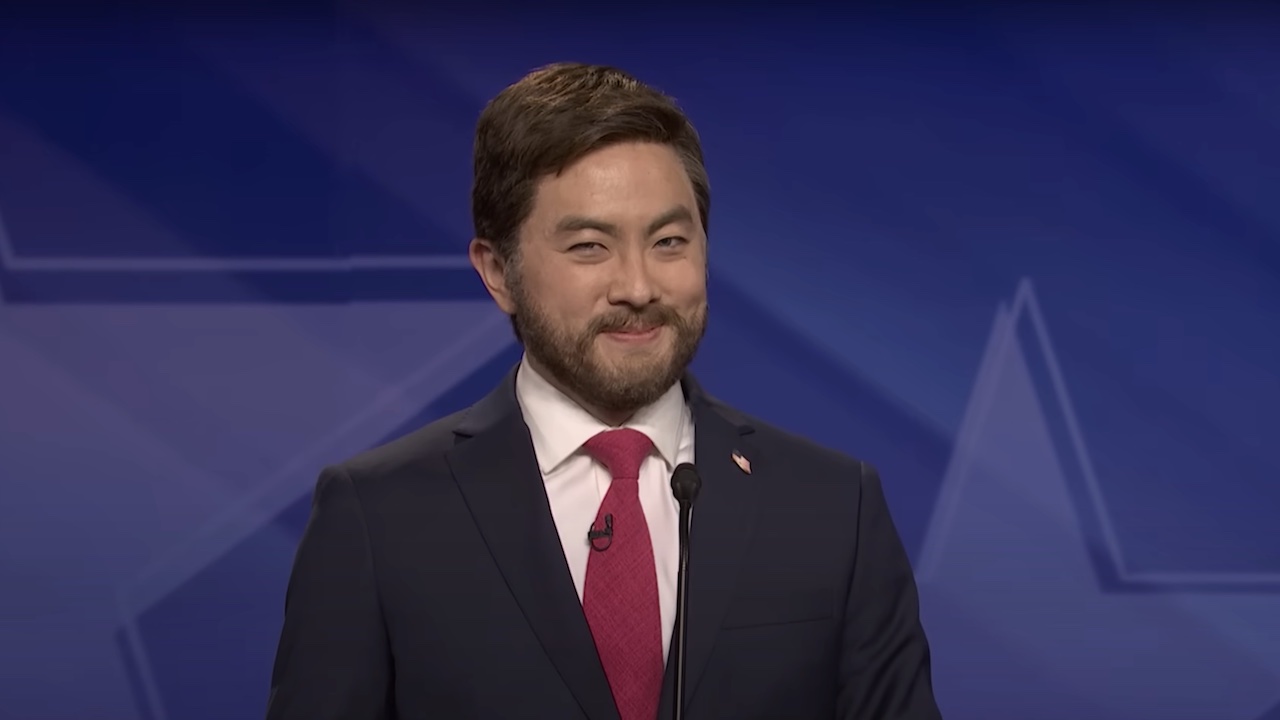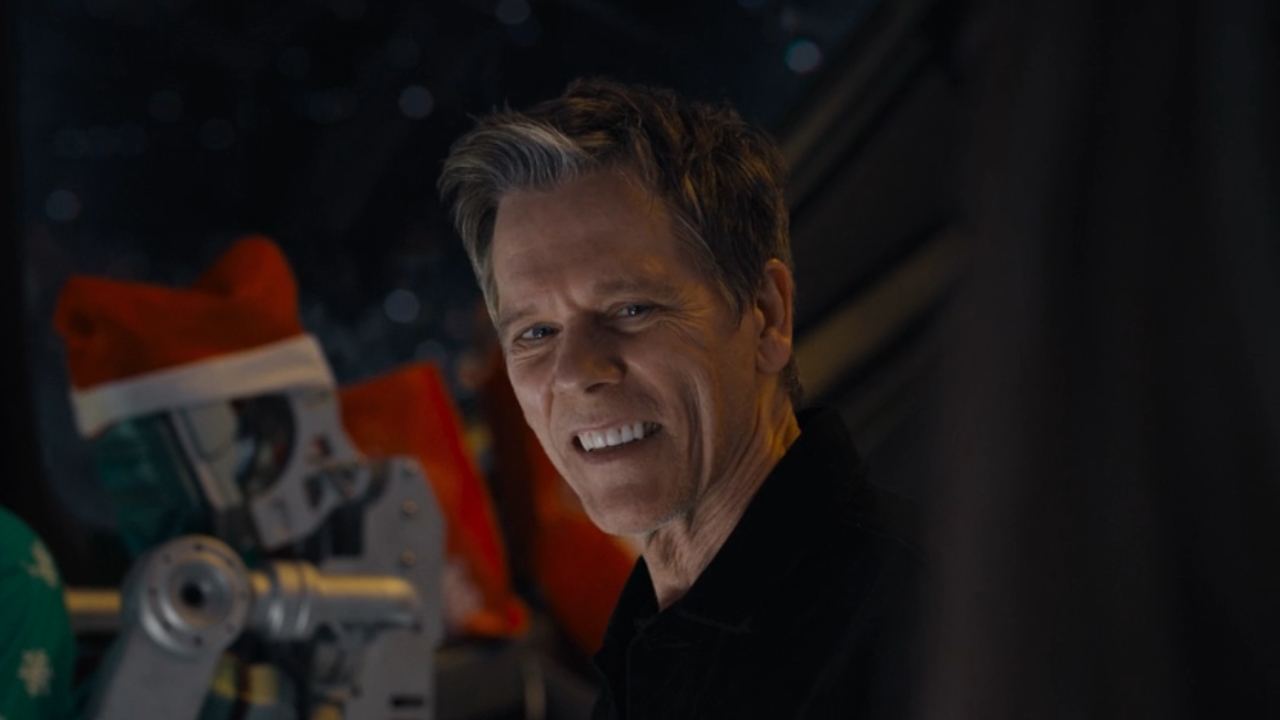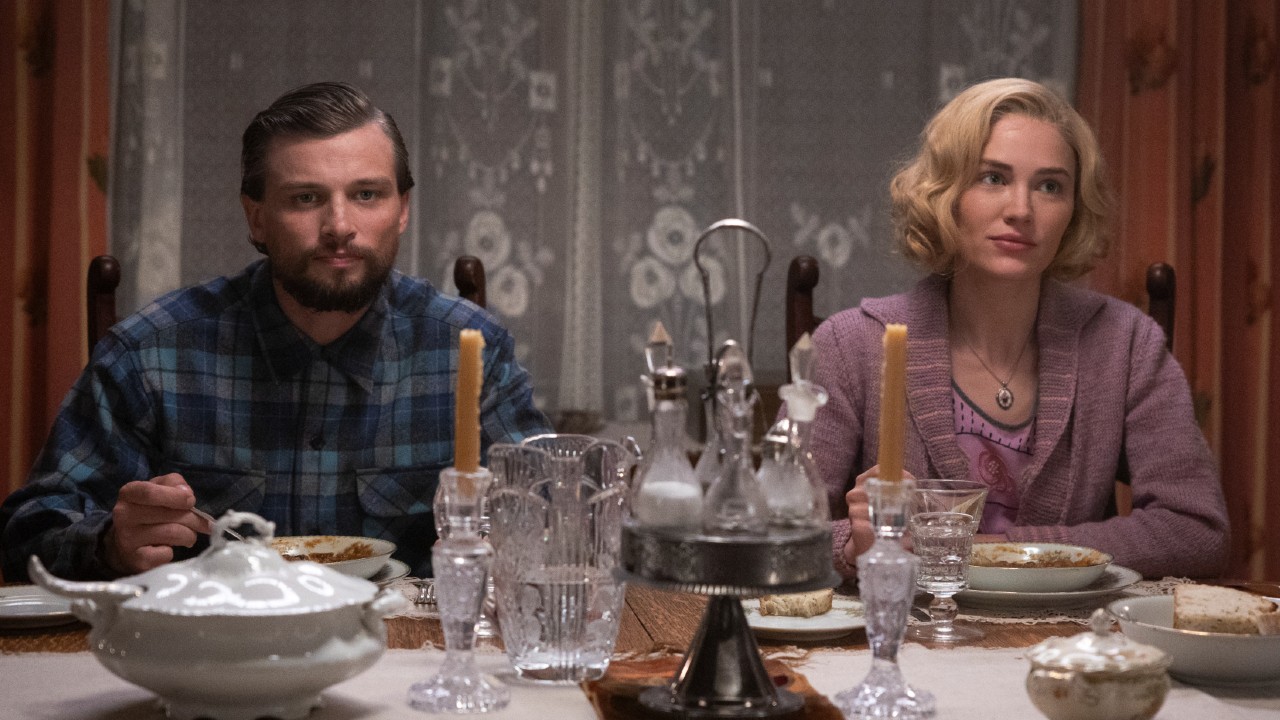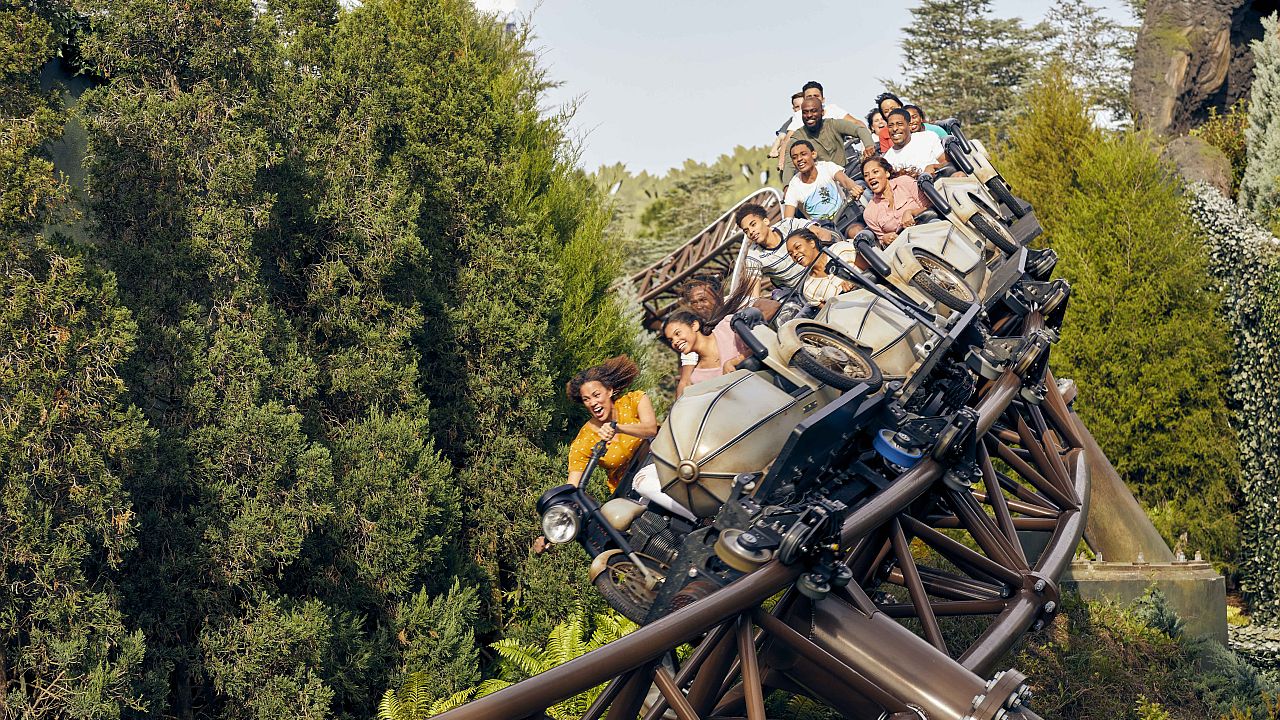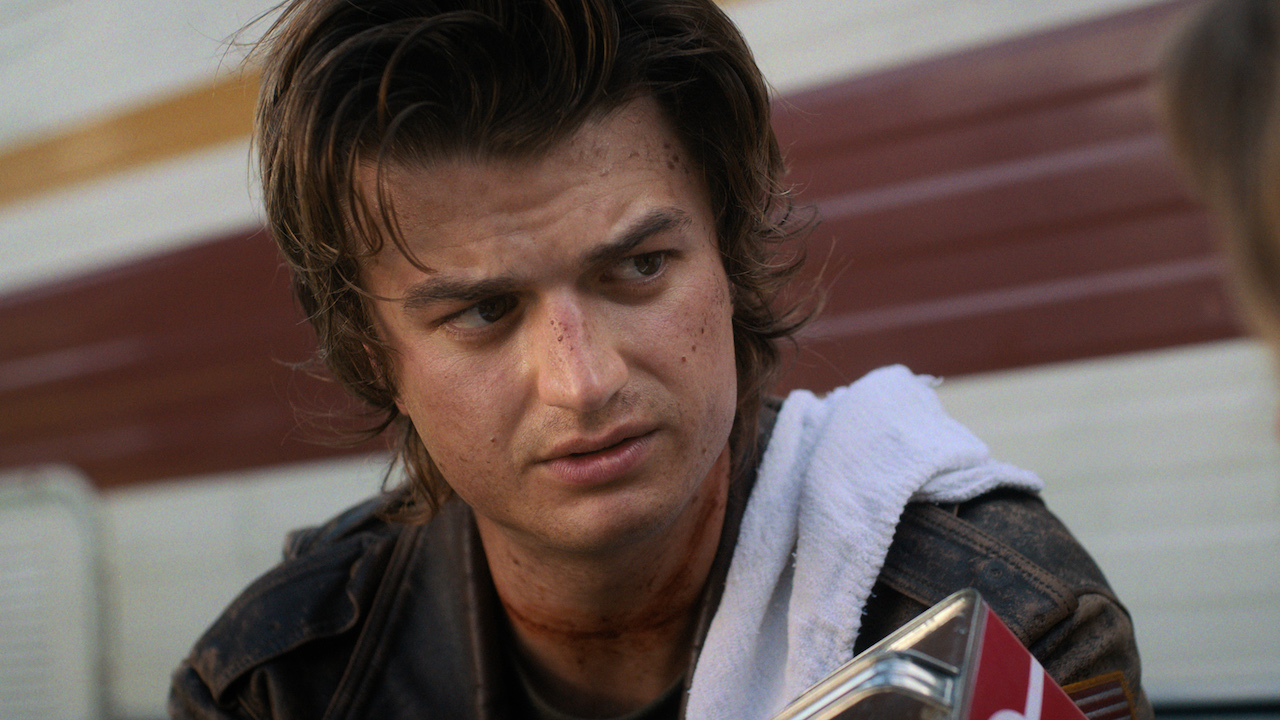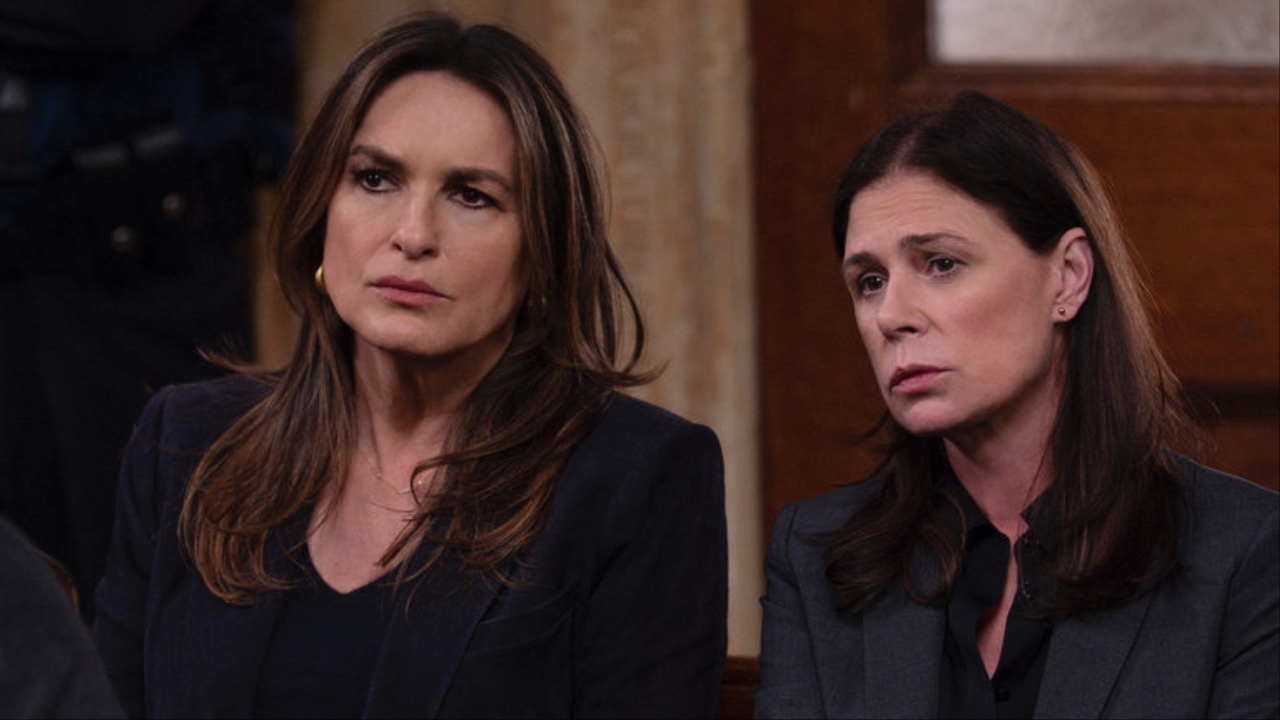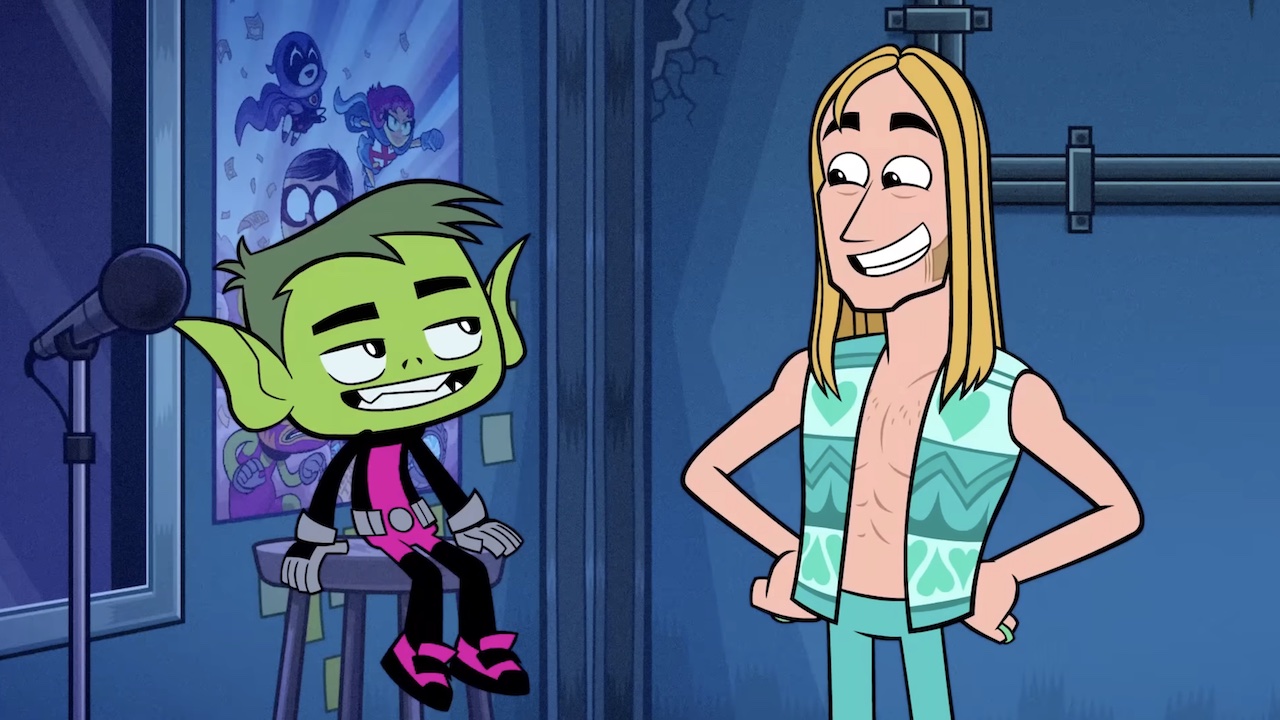The Godfather Coda And 10 Other Famous Director’s Cuts To Check Out
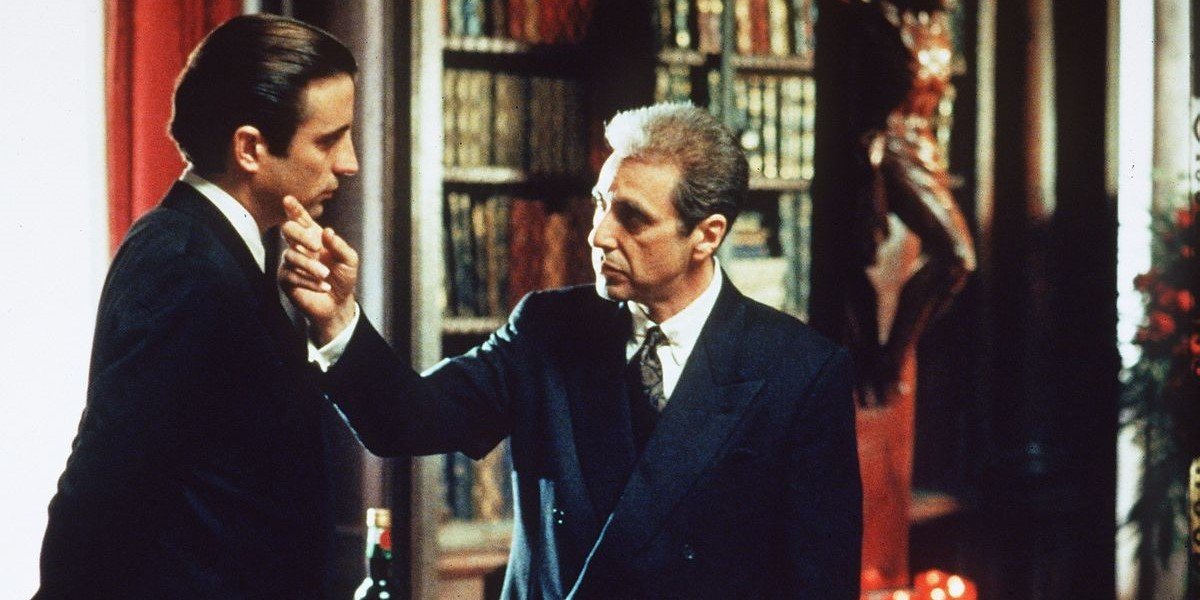
It’s been 30 years since The Godfather saga came to a close with The Godfather Part III, but Francis Ford Coppola has revisited his often maligned finale with The Godfather Coda: The Death of Michael Corleone, a reworked cut that was released digitally and on Blu-Ray on Dec. 8.
Director’s cuts are curious things. Sometimes they come about when a studio takes the reins away from a director; sometimes they only address a small details.
Let’s take a look at what makes Francis Ford Coppola’s The Godfather Coda different from its predecessor, as well as other famous director’s cuts. (Warning, some spoilers ahead)
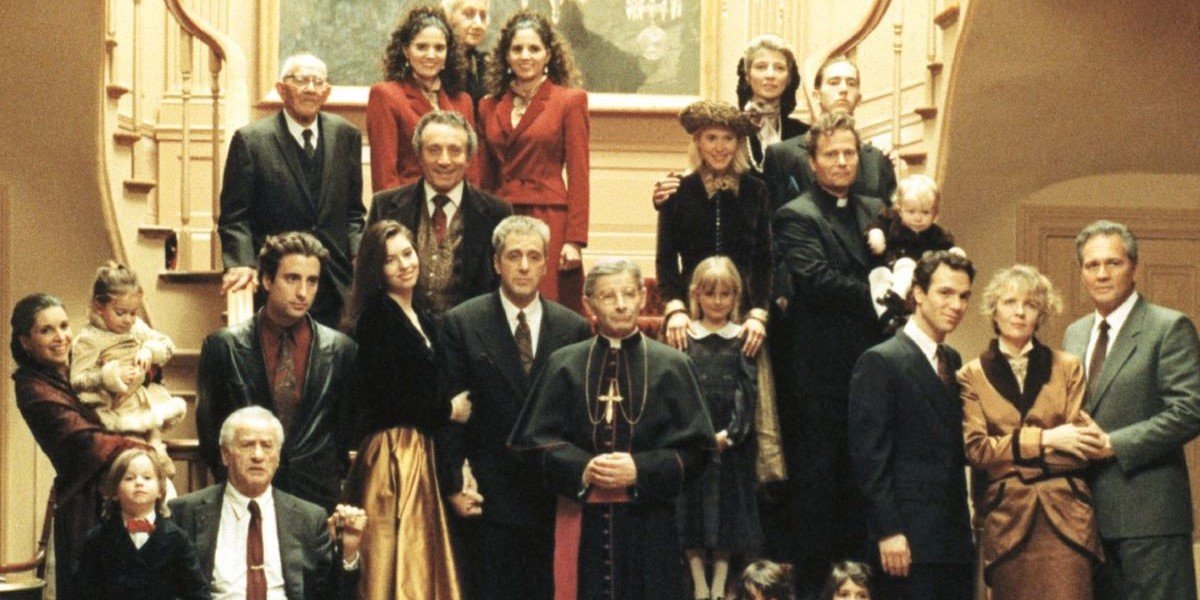
The Godfather Coda: The Death Of Michael Corleone (Francis Ford Coppola)
Despite seven Oscar nominations, including Best Picture and Best Director, The Godfather Part III is remembered as a let down. Of course, it’s not easy being compared to two all-time classics, but specific elements of the film have drawn criticism, from the plot to casting, including the absence of Robert Duvall and the addition of Sofia Coppola. The Godfather Coda attempts to remedy some of these complaints.
The Godfather Coda: The Death of Michael Corleone, which Coppola reportedly wanted to be the original title, features a new beginning and a new ending meant to put a greater emphasis on the legacy that Michael has created for himself and how it impacts his family.
Critics have responded positively to the changes, as has one of the film’s stars, Diane Keaton, who called seeing the recut film “one of the best moments of my life.”
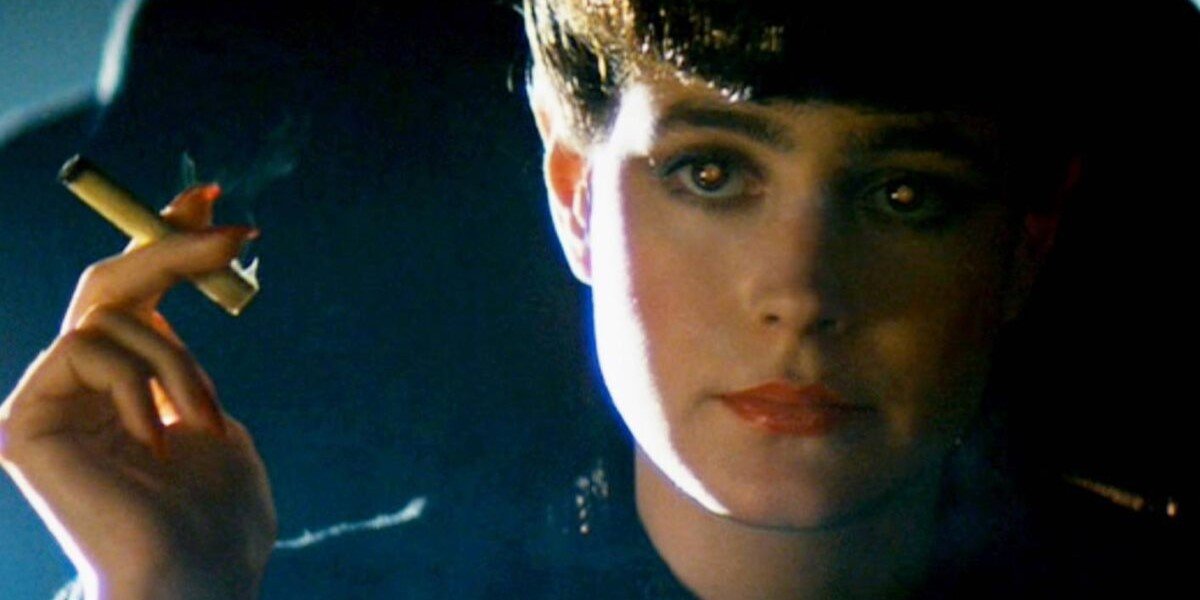
Blade Runner: The Final Cut (Ridley Scott)
When most film fans think of a director’s cut, Ridley Scott’s Blade Runner is the first film on their mind. The sci-fi classic has gone through multiple iterations to become what it is today.
CINEMABLEND NEWSLETTER
Your Daily Blend of Entertainment News
The 1982 U.S. theatrical cut is most known for the narration that Harrison Ford provides (which was in the original script but that Scott had intended to remove) and the happy ending for Deckard and Rachael.
After an initial director’s cut of Blade Runner was released in 1992, based on Ridley Scott’s notes, Scott personally oversaw Blade Runner: The Final Cut, which came out in 2007. While keeping, and in some cases expanding on, many of the original edits of the 1992 version (i.e. the unicorn dream sequence and introducing the theory of Deckard as a replicant), this is the version Scott calls the definitive Blade Runner.
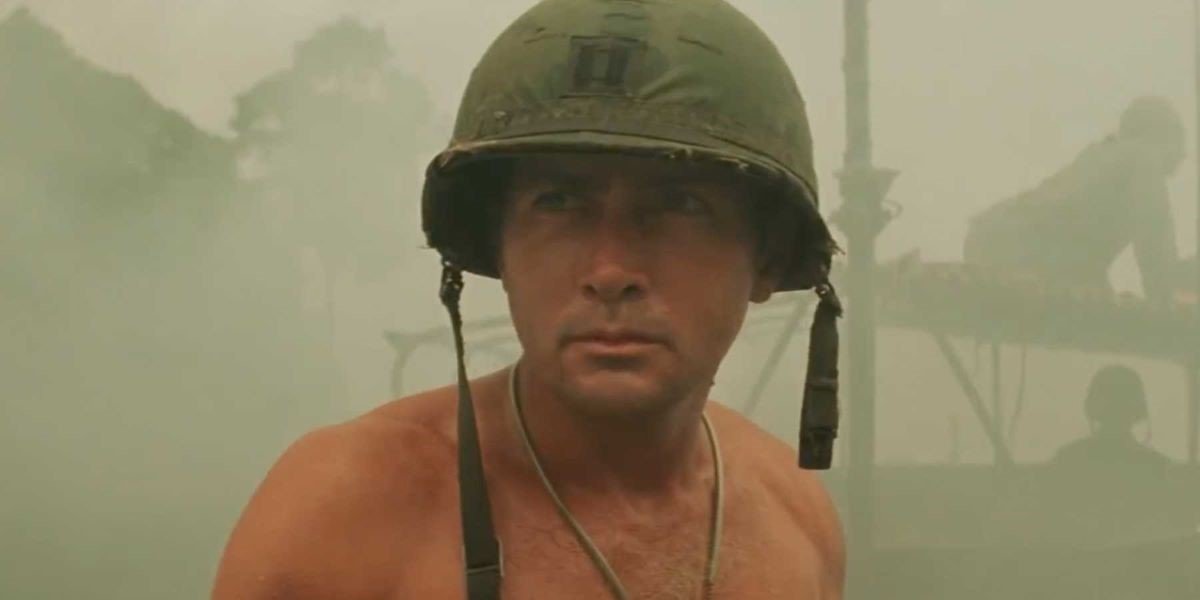
Apocalypse Now Redux (Francis Ford Coppola)
Francis Ford Coppola was no stranger to the director’s cut when he got to work on The Godfather Coda, as he had already tinkered with another one of his classic works, Apocalypse Now, with a new version he dubbed Apocalypse Now Redux.
Apocalypse Now Redux is 49 minutes longer than the 1979 original. The added time consists of some additional scenes with Capt. Willard and the soldiers on the boat, another meeting with the Playboy Bunnies and a whole sequence when Willard and company stopover at a French plantation leftover from that country’s colonial reign in Vietnam. A few extra Col. Kurtz musings from Marlon Brando are also thrown in. Meanwhile, restoration efforts helped make the film’s colors pop even more.
Apocalypse Now was already held in high-esteem, but watching Redux is going farther than ever into Coppola’s depiction of the Vietnam war (unless they come out with that Apocalypse Now video game).
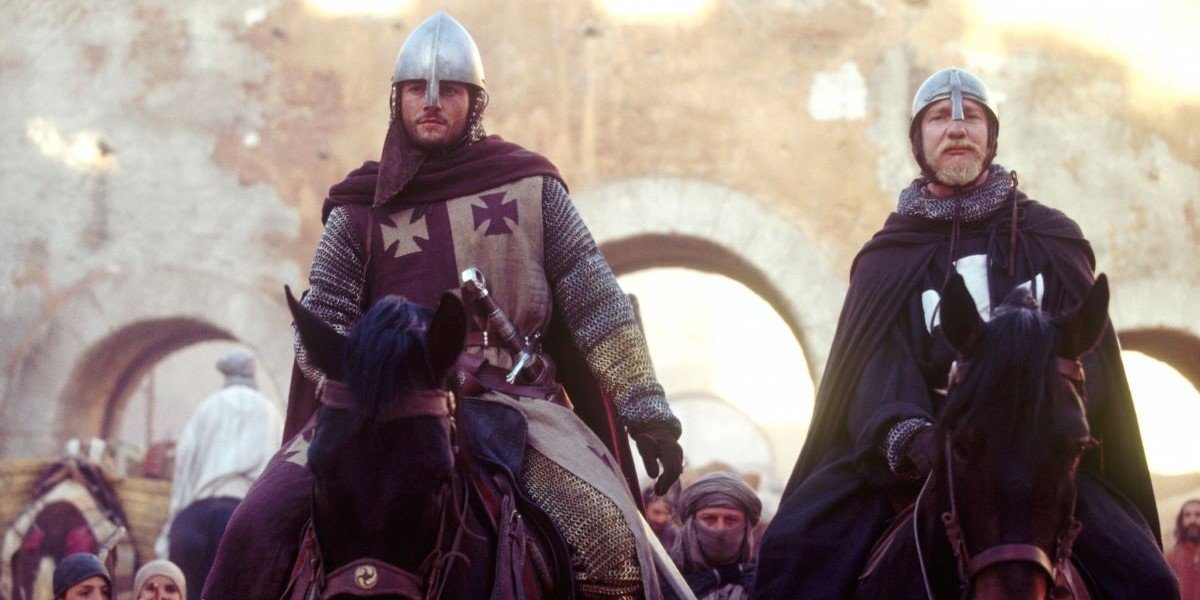
Kingdom Of Heaven - Director’s Cut (Ridley Scott)
Ridley Scott was once again compelled to rework one of his films after relenting to a slimmed down version for initial audiences. At least this time it didn’t take multiple attempts for his final version to be seen.
Kingdom of Heaven is a 2005 film that depicts the 12th century Crusades and Balian of Ibelin (Orlando Bloom). At 144 minutes, it covers a lot, but for Scott, even that wasn’t enough time to tell his vision of the story.
Kingdom of Heaven - Director’s Cut adds 50 minutes to the theatrical runtime. Many subplots that were absent from the original cut were added, giving greater insight into the characters and motivations. Among the biggest were the reveal that the priest Balian kills in the beginning of the film is his half-brother and that Sibylla (Eva Green) had a son. Empire magazine described the new scenes as “pieces missing from a beautiful but incomplete puzzle.”
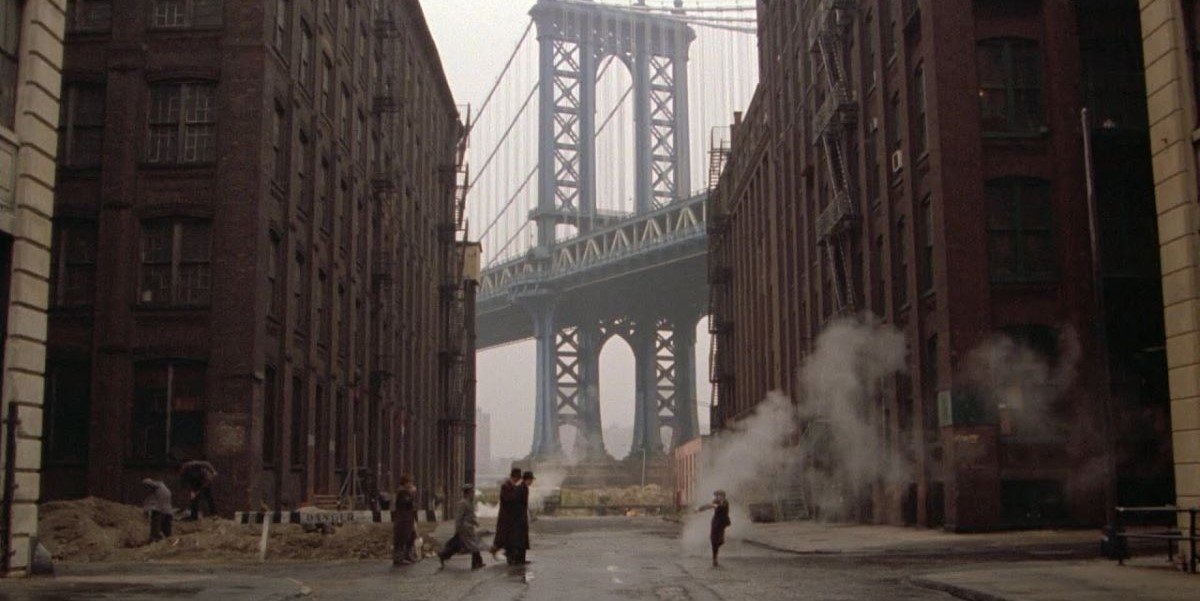
Once Upon A Time In America (Sergio Leone)
Sergio Leone’s final narrative film had quite the journey getting to its final version. When Once Upon a Time in America, a Prohibition-era crime epic starring Robert De Niro and James Woods, premiered at the Cannes Film Festival in 1984 it was four hours long. U.S. audiences would not get to see anything close to that version for quite some time.
The initial release of Once Upon a Time in America was cut down to 134 minutes and told in chronological order. The director did not approve of this edit, as Leone’s original cut jumbled the timeline.
Updated versions closer to Leone's original cut made their way onto broadcast TV and VHS, but unfortunately Leone passed away in 1989 even before these were shown. In 2014 a 251-minute cut was released on Blu-ray, bringing Leone’s final epic as close to his original vision as ever before.
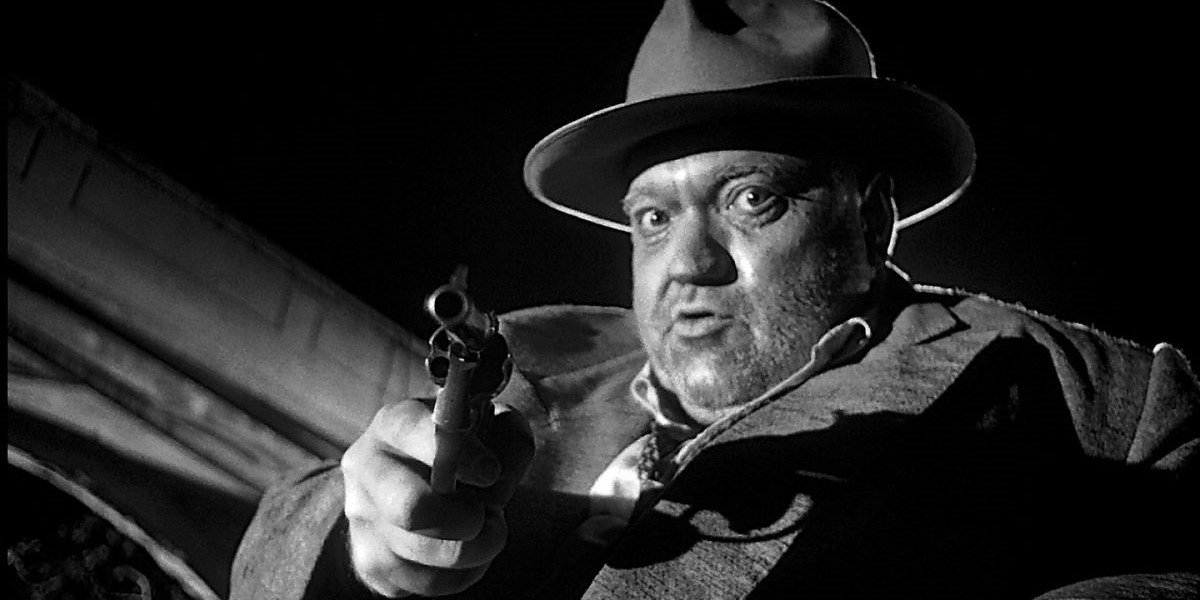
Touch Of Evil (Orson Welles)
While not as lauded as Citizen Kane, Orson Welles’ Touch of Evil has its claim to Hollywood history with its tension-filled opening sequence, a one-shot where the audience sees a bomb planted and eagerly awaits for it to explode.
However, Welles was not happy with the finished film after being blocked out of its editing. In a 58-page memo that was discovered by star Charlton Heston, according to Britannica.com, Welles wrote to Universal Pictures following his exile, in which he provided detailed notes on how he thought Touch of Evil should be edited.
It wouldn’t be until 1998 that a version based on Welles notes would be put together. Because Welles never actually put together his own version of Touch of Evil, it’s not the strictest definition of a director’s cut, but his notes have led those who have seen both versions to call his take a more coherent and effective version.
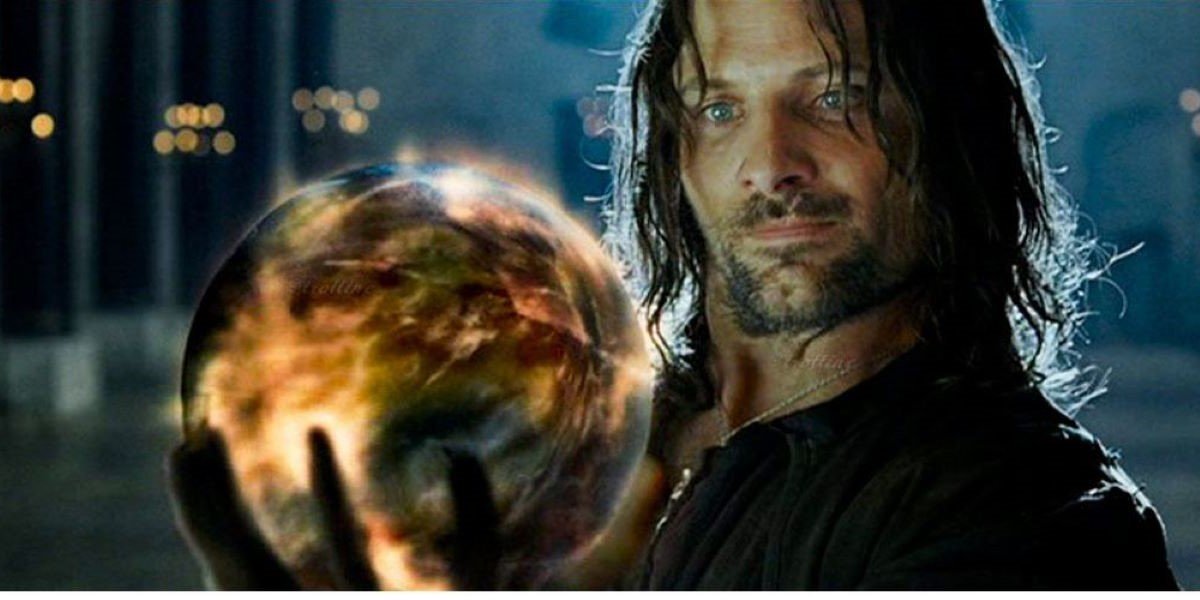
Lord Of The Rings: Extended Editions (Peter Jackson)
Peter Jackson’s Lord of the Rings trilogy brought Middle Earth to the big screen in one of the greatest trilogies ever put to film. Fellowship of the Ring and The Two Towers came in at just under three hours, while Return of the King ran 201 minutes. So how much more could there be to even explore?
As many Tolkien fans can attest, plenty. The Lord of the Rings: Extended Editions add 30 minutes (Fellowship), 44 minutes (Two Towers) and 51 minutes (RotK) of extra content. Highlights include a flashback of Faramir, Boromir and Denethor; the death of Saruman; Gandalf fighting the Witch King; and Aragorn encountering Sauron through the palantir. The Extended Editions are must watch for any Lord of the Rings diehard.
Jackson also recently released 4K editions of both The Lord of the Rings and Hobbit trilogies to, as he describes, make the films look consistent quality-wise.
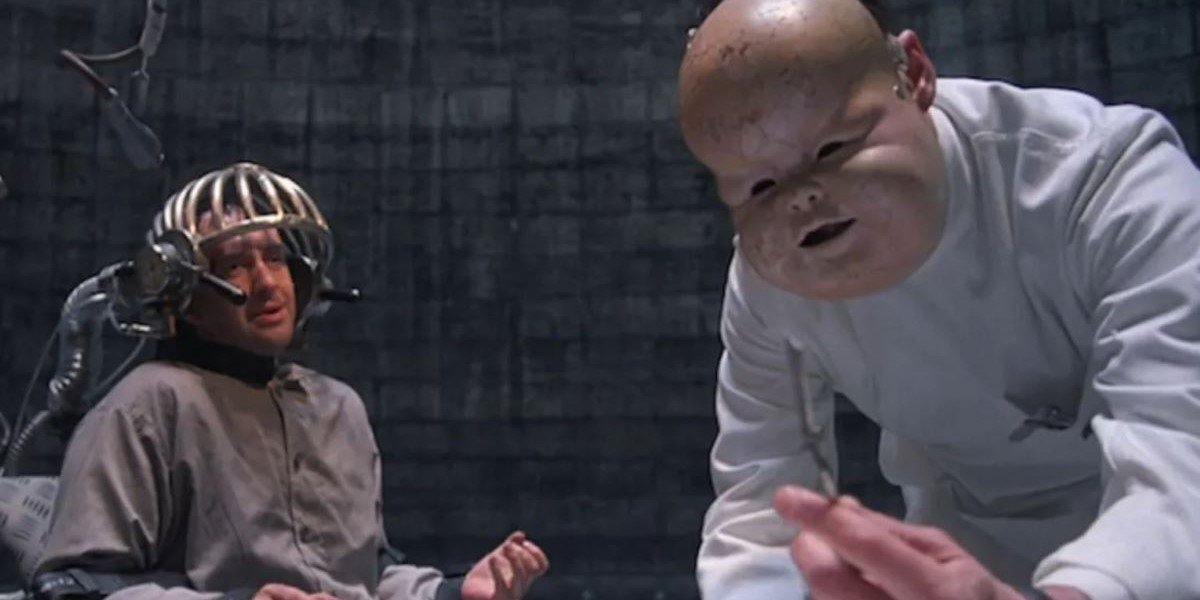
Brazil: Director’s Cut (Terry Gilliam)
1980s sci-fi films had a rough go it seems. Much like Blade Runner, director Terry Gilliam and Universal Pictures could not agree on the version U.S. audiences would see. Gilliam’s original tale of a government bureaucrat in a dystopian society had a darker ending, while Universal crafted a version with a happier one.
The Los Angeles Film Critics actually helped settle the debate, awarding a revised version of Brazil Best Picture, Best Director and Best Screenplay in 1985. This “compromised” version would go on to be released in theaters.
Seven years later, Gilliam’s original vision, which was how it was released in Europe, was brought to U.S. audiences via Brazil: Director's Cut. At 144 minutes (the 1985 release was 131 minutes), there’s more of Gilliam’s singular vision on display, including a visit of a government official dressed up as Santa Claus when Jonathan Pryce is in holding.
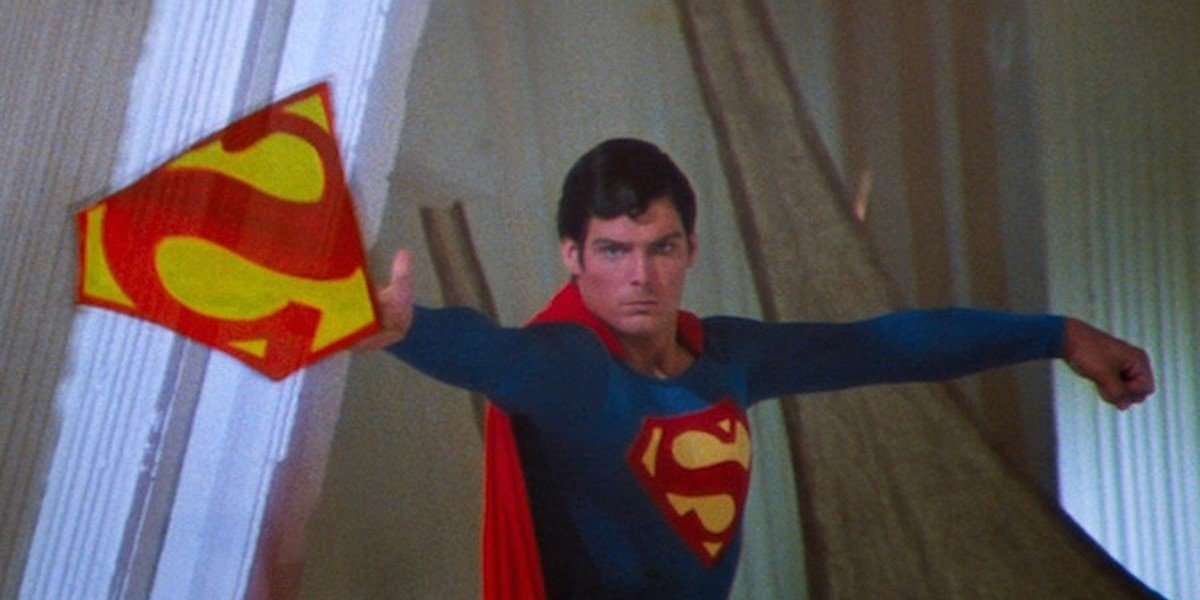
Superman II: The Richard Donner Cut (Richard Donner)
The Man of Steel flew into theaters in 1978 starring Christopher Reeve and directed by Richard Donner, creating what is arguably the definitive version of Superman on screen. But the iconic duo wasn’t able to fully realize their visions for a sequel.
Donner had completed a large portion of Superman II when disputes over budget resulted in him being pulled from the sequel and replaced with Richard Lester, who ultimately got directing credit. Lester’s Superman II got positive reviews and he would go on to direct Superman III.
It wasn’t until 2006 that Superman II: The Richard Donner Cut was shared, restoring Donner’s work, which included scenes with Marlon Brando as Jor-El and was credited with filling some plot holes from Lester’s version. Donner’s cut is often cited as the superior film.
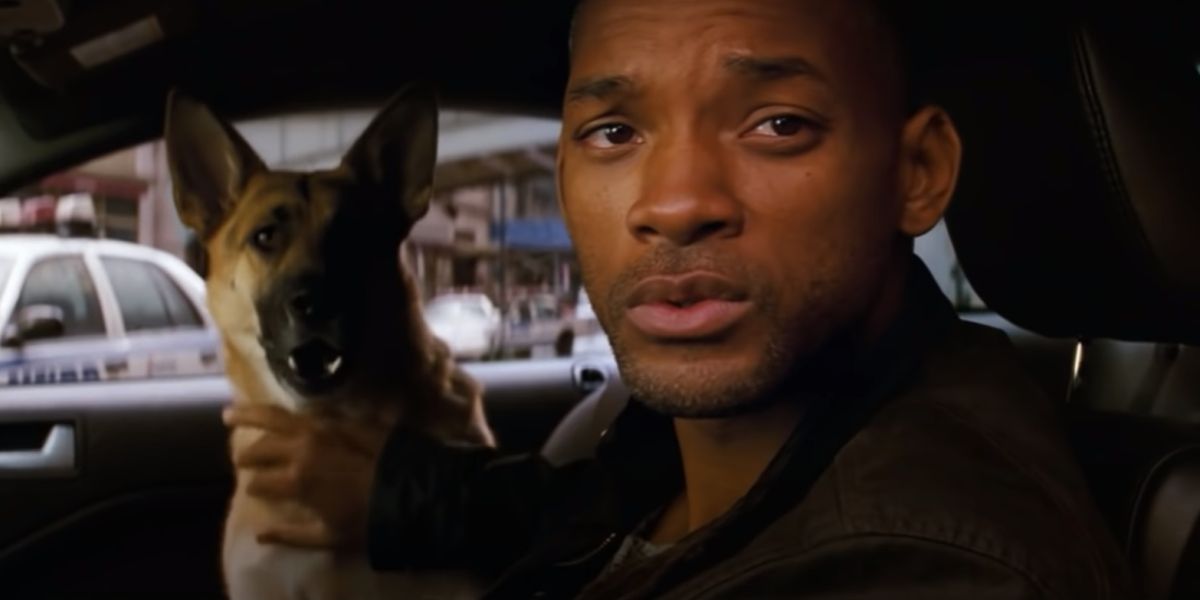
I Am Legend (Alternate Ending) (Francis Lawrence)
As the Hemocytes that have threatened him the entire movie invade his house/bunker, Will Smith’s Robert Neville decides to sacrifice himself so the mother and son he meets during the course of the film can escape. That is the ending that audiences got when they saw I Am Legend in theaters, Smith serving as the noble hero.
However, in an alternate ending made available on DVD, Smith’s Neville becomes a much more complicated figure. This ending reveals that the alpha male leading the Hemocytes really just wants to be reconnected with his mate, who Neville was experimenting on to try and find a cure. This shows that the creatures still have human emotions, and to them Smith’s Neville is threatening their way of life.
Painting Will Smith as a quasi-villain was unfamiliar territory for Hollywood, but it may have been the better way to go.
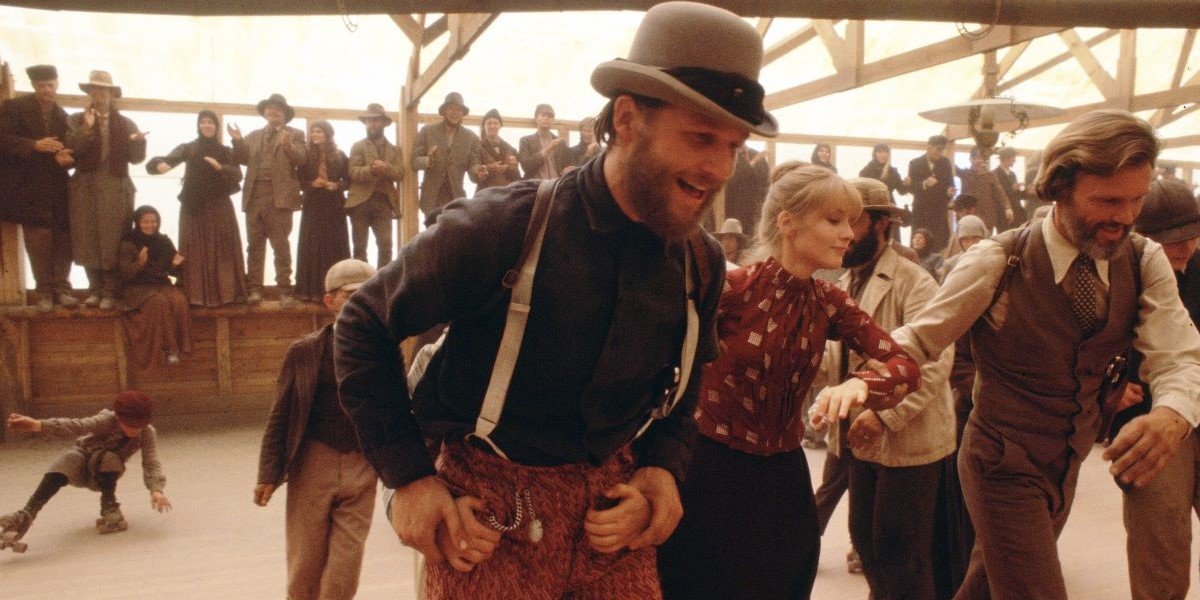
Heaven’s Gate Director’s Cut (Michael Cimino)
Following The Deer Hunter, Michael Cimino was viewed as the next great director in an era defined by its auteur filmmakers. It would all come crashing down in unbelievable fashion, though, with Cimino’s follow-up, Heaven’s Gate.
Cimino, largely given free-rein, crafted a film that went vastly over budget and over schedule and ultimately was blasted as a mess. His four hour cut was trimmed to two-and-a-half-hours. It was a huge factor in United Artists, the studio that produced the film, going bankrupt. Heaven’s Gate is often cited as an example of why you might not want to give too much power to a director.
Time, however, actually benefited Heaven’s Gate, in more ways than one. After a 219-minute cut was put together in 2005, Cimino personally supervised a 2012 restoration that clocks in at 216-minutes. When revisited by critics, the director's cut of Heaven’s Gate wasn’t rebranded as an epic masterpiece, but more credit was given to Cimino for his ambition and craftsmanship.
Leonardo da Vinci is quoted with saying "art is never finished, only abandoned." These directors chose not to abandon their work and made efforts to bring them closer to their true visions.
D.C.-based cinephile. Will dabble in just about any movie genre, but passionate about discovering classic films/film history and tracking the Oscar race.

